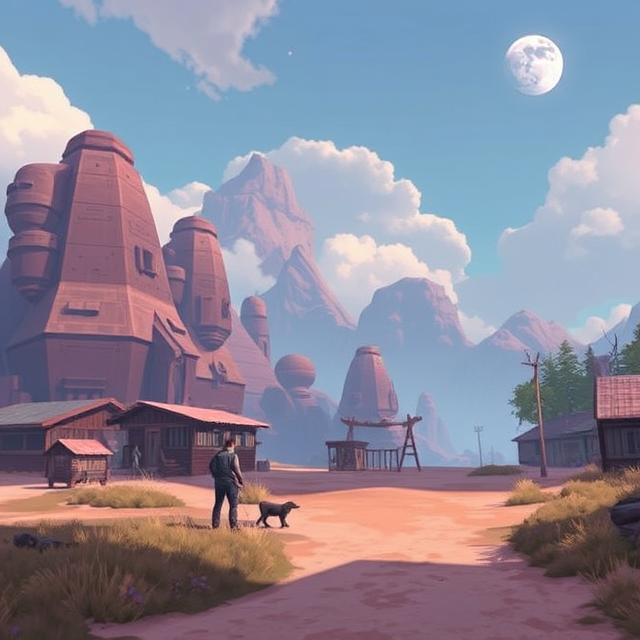At first glance, day/night cycles might seem like just visual flair — the sun goes down, the moon comes up. But in well-designed games, this feature goes way deeper. It changes how players behave, how NPCs respond, and how the world itself feels.
In The Legend of Zelda: Breath of the Wild, night brings new enemies like Stal monsters and changes the ambient music, adding a layer of tension and unpredictability. It’s not just darker — it’s different. You have to adjust your approach.
Minecraft takes it to another level. Daytime is for building, farming, and crafting. Nighttime is for survival. When the sun sets, danger comes out, forcing players to either bunker down or risk venturing into the dark. It creates a rhythm to gameplay — a natural push-pull.
In RPGs like Skyrim, shops close, NPCs go home, and certain quests only happen at night. You’re encouraged to explore the world differently depending on the hour — adding realism and depth.
Horror games also leverage day/night brilliantly. Dying Light, for example, becomes significantly more terrifying and difficult after sunset,Horror games also leverage day/night brilliantly. Dying Light, for example, becomes significantly more terrifying and difficult after sunset. The game flips from parkour action during the day to survival horror at night, with faster, deadlier enemies that force you to adapt your strategy. The night isn’t just scarier — it’s a game-changer.
Some RPGs and life sims take it further by tying time to character schedules. In Stardew Valley, villagers follow routines — stores open and close, characters attend events or go to sleep. Planning your day becomes part of the game loop. You’re not just killing time — you’re living in it.
Even in online multiplayer games, day/night cycles can impact player behavior. In Rust, visibility at night makes raids riskier. Players often coordinate attacks at dusk or wait until dawn to avoid ambushes.
Ultimately, these cycles create rhythm. They break the monotony, introduce new dynamics, and make game worlds feel alive and reactive. Whether it’s fear, strategy, or immersion, the shift from sunlight to starlight can transform how we play — and how we feel.

Leave a Reply